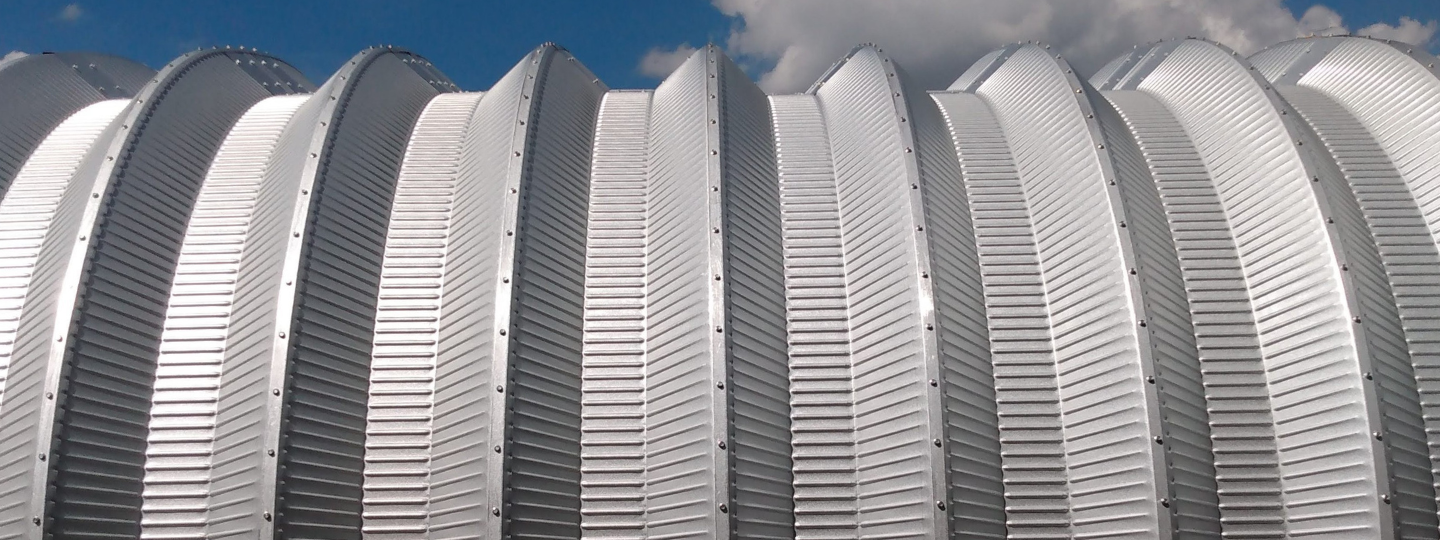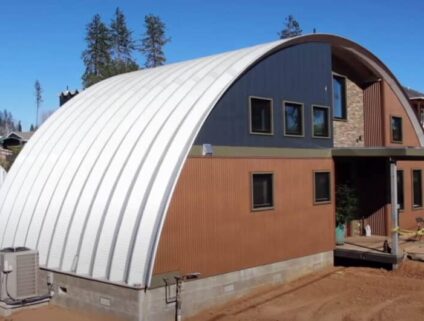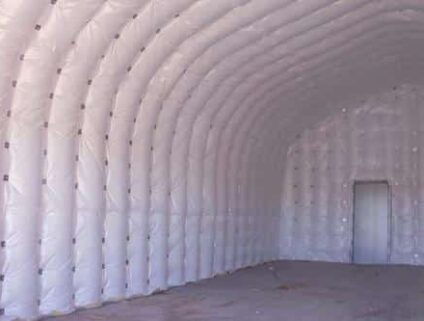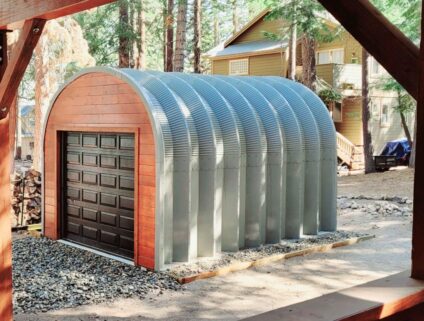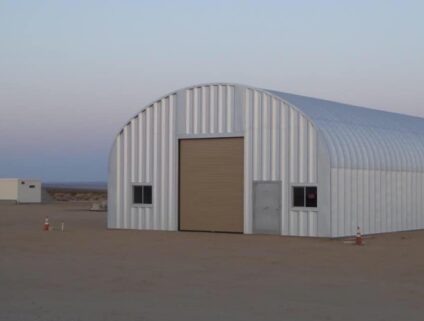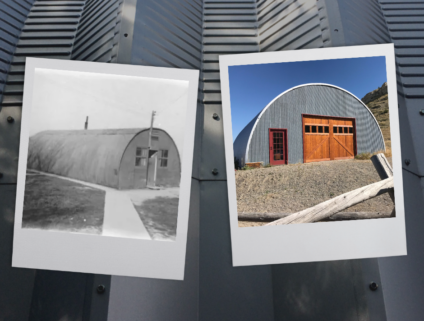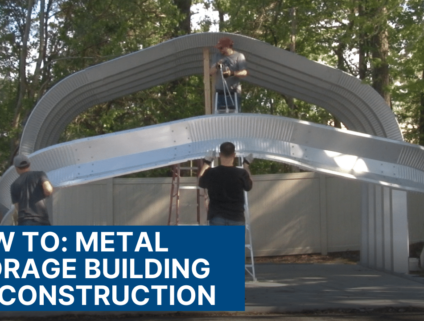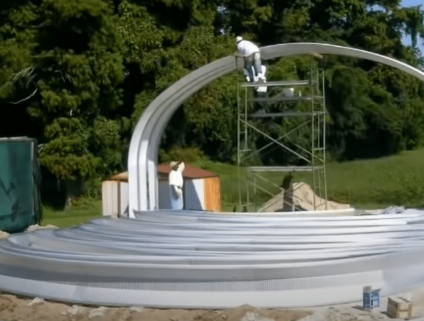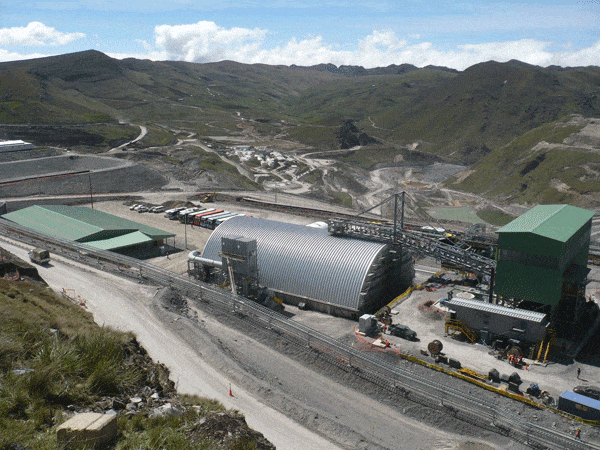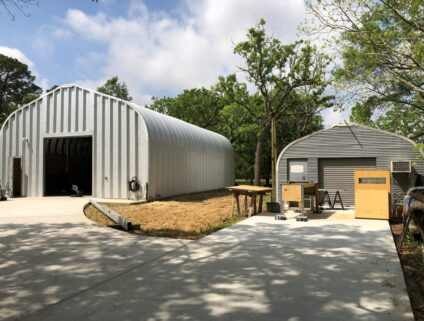Recycling Steel and LEED Credits
Recycling Steel
What makes steel sustainable?
Steel is the most recycled material in the world, and in North America alone, over 80 million tons of steel are recycled or exported for recycling annually.
Even though two out of every three pounds or kilograms of new steel are produced from “old” steel, the fact that cars, buildings, appliances, and bridges have such long service lives makes it necessary to continue to mine some virgin ore to supplement the production of new steel.
Recycling steel saves energy and natural resources, with energy savings equivalent to the energy required to power 20 million households per year. In addition, for every ton of steel recycled, 2,500 pounds of iron ore, 1,400 pounds of coal, and 120 pounds of limestone are conserved.
LEED rating systems assess the architectural design and performance features of a commercial building for “green and sustainable” attributes. Due to steel’s recycled content and functional properties (dimensionally stable, exact sizes and specifications, less building waste, tight building envelopes, etc.), building products made from ArcelorMittal steel can be credited for example, with the maximum number of points for the Materials & Resources Credit aspect of the LEED rating system (Sections 4.1 and 4.2).
In addition to recycled content, steel can contribute toward several other LEED credits, either directly or indirectly. Steel is dimensionally stable and, when properly designed, can provide an exceptionally tight building envelope for less air loss and better HVAC performance over time. Steel is made to exact specifications, so on-site waste is minimized. Material from demolition or construction can be easily recycled, with the magnetic properties of steel greatly facilitating its separation from other materials.
LEED Credits
Heat Island Effect: Roof
To highlight our contribution toward the LEED® certification of a building project, we can confirm that several of our organic coated (prepainted) and unpainted metallic coated steels used in roofing and cladding applications comply with the “Heat Island Effect: Roof ” credit requirements outlined under the Sustainable Sites key performance category of the LEED® Canada-NC rating system.
(Show Chart)
Recycled Content
Materials & Resources Credit 4: Recycled Content intends to increase demand for building products that incorporate recycled content materials, therefore reducing impacts resulting from extraction and processing of new virgin materials. As discussed and demonstrated below, North American steel building products contribute positively toward points under Credits 4.1 and 4.2. The following is required by LEED-NC Versions 2.2 and 2009:
Credit 4.1 (1 point) “Use materials with recycled content such that the sum of post-consumer recycled content plus one-half of the pre-consumer content constitutes at least 10% (based on cost) of the total value of the materials in the project.”
Credit 4.2 (1 point) “Use materials with recycled content such that the sum of post-consumer recycled content plus one-half of the pre-consumer content constitutes at least 20% of the total value of the materials in the project.”
In addition to recycled content, steel can contribute toward several other LEED credits, either directly or indirectly. Steel is dimensionally stable and, when properly designed, can provide an exceptionally tight building envelope for less air loss and better HVAC performance over time. Steel is made to exact specifications, so on-site waste is minimized. Material from demolition or construction can be easily recycled, with the magnetic properties of steel greatly facilitating its separation from other materials.
Thus, in addition to steel’s outstanding recycled content and an enviable reclamation rate, steel’s other functional properties contribute to the material’s solid environmental performance.
Categories
Tags

